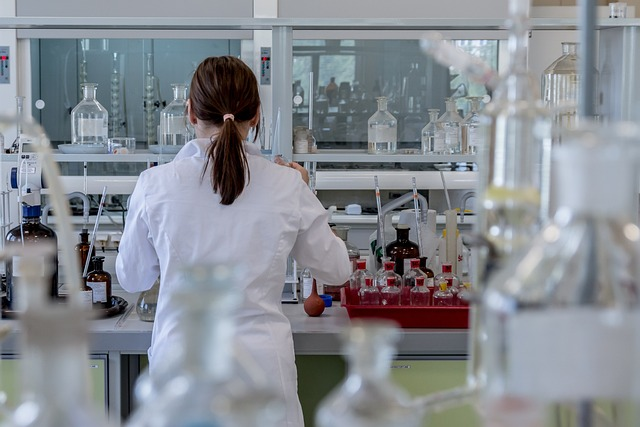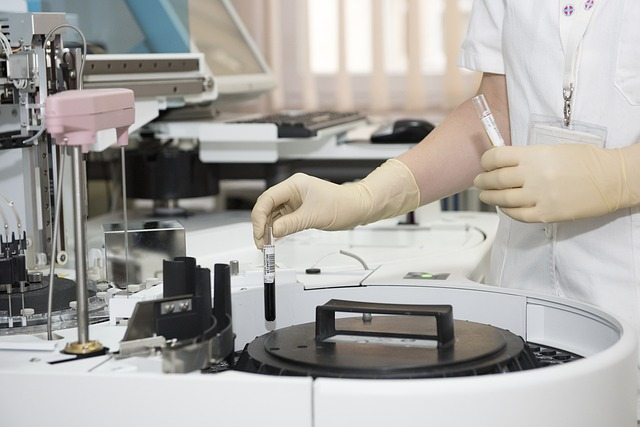Cell Culture Plates, 6-well, 12-well, 24-well, 48-well, 96-well, made in CHINA | ABD LAB
Cell culture plates and multiple well plates are essential tools for cell culture and optimal cell attachment. They are typically made of plastic or glass, and have a covalently bound hydrogel layer that helps cells attach and grow. Cell culture plates also have lids with condensation rings to reduce evaporation and cellular activation.

What are 96 well plates used for?
96 well plates and culture plates are two of the most commonly used tools in cell culture. They are available in a variety of sizes and shapes, depending on the needs of the user.
The choice of material depends on the type of cells being cultured and the desired level of oxygenation. Culture plates can be coated with a variety of materials, such as collagen, to support cell adhesion.
How to select cell culture plates?
A cell culture plate, also called a tissue culture dish, is a flat plate with multiple small wells used to grow cells in laboratory experiments. Cell culture plates are available in a variety of sizes and shapes, including 96-well plate, 384-well plate, etc.
A well plate, also called a microplate or assay plate, is a flat plate with multiple small wells used as reaction vessels in laboratory experiments. Well plates are available in a variety of sizes and shapes, including 96-well plates, 384-well plates, and 1536-well plates.
Plate well types
There are many different types of PCR and cell culture plates available, each with its own unique features. The most common type of plate is the 96-well plate, which has 96 individual wells that can each hold a small sample. Other popular types of plates include the 48-well plate and the 24-well plate.
Cell culture plates are typically made from plastic or glass, and they may have a flat or raised surface. Most cell culture plates have a raised surface, which helps to minimize evaporation and improve cell adhesion. Multiple well plates , also called a cell culture dish, is a flat plate with multiple small wells used to grow cells in laboratory experiments. Multi-well plates are available in a variety of sizes and shapes, including 96-well plates, 384-well plates, and 1536-well plates.
Many cell culture plates also have a notch cut into one corner, which makes it easy to identify the orientation of the plate.
Well Volumes
The well volume of a plate is the total internal well volume, and is a well identifier. The working volume is the liquid volume that can be hold by a well under normal circumstances, and is dependent on the well type and dimensions. The maximum well volume is the sum of the well volume and the dead volume. The dead volume is the minimum amount of liquid that can be hold by a well, and is the difference between the well volume and the working volume.
The total well volumes of a plate are generally expressed in μL. It is important to note that the volumes given for lidded plates are approximations only, as there is variability in both human DNA and lid thickness. For example, a 96-well plate with 2 mL lids has an approximate well volume of 200 μL. However, this will vary depending on individual circumstances. Nevertheless, this give some ease of reference when estimating well volumes for experiments. endtexthere
Sterilization Methods
There are two general sterilization methods: EO Sterile and gamma irradiation.
EO Sterile uses electric fields to break apart the DNA of bacteria, thereby killing them. Gamma irradiation uses high-energy radiation to damage the DNA of bacteria, making it impossible for them to reproduce. Both methods are effective at killing bacteria, but the latter has the added benefit of also being effective against viruses. As a result, the 2nd method is often used to sterilize medical equipment and supplies.
However, it should be noted that both methods can also damage the integrity of some materials, so it is important to choose the appropriate sterilization method for the task at hand.

Tips for optimal cell attachment
One of the most important steps in cellular experimentation is ensuring that cells are properly attached to the well plate or culture dish. Poor attachment can lead to a variety of problems, including loss of cell viability, decreased cell proliferation, and altered gene expression. There are a number of factors that can influence cellular attachment, but there are several steps that can be taken to optimize attachment rates.
One key factor is the surface of the well plate or culture dish. A well-coated plate will promote better attachment than a bare surface. Commonly used coatings include proteins such as collagen and laminin, as well as synthetic compounds such as poly-L-lysine. In addition, the time at which cells are plated can also affect attachment rates. Cells plated immediately after being harvested are more likely to attach than those that are allowed to sit in solution for extended periods of time.
It is also important to consider the composition of the media in which cells are grown. The use of high-glucose media can inhibit cellular attachment, while serum-containing media can promote protein absorption and attachment. The risk of contamination should also be considered when preparing media. Finally, the length of time that cells are incubated on the plate can also affect attachment rates. incubation times that are too short may not allow enough time for cells to attach, while incubation times that are too long can result in cell death.
By following these tips, researchers can improve cellular attachment rates and optimize their experimental results.
ABD - China leading manufacturer
ABD is a top golden supplier and self-owned factory with advanced manufacturing techniques. We have been in the business for many years and manufacture a wide range of laboratory consumables. Our products are reliable and trusted by customers around the world. If you are looking for a distributor partner, please do not hesitate to contact us.
Thank you for your time.


